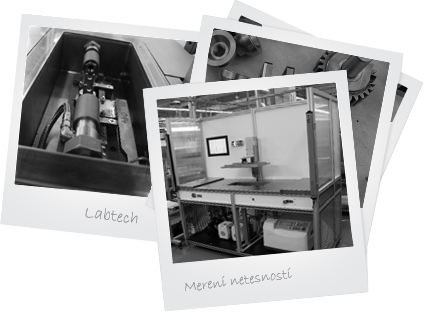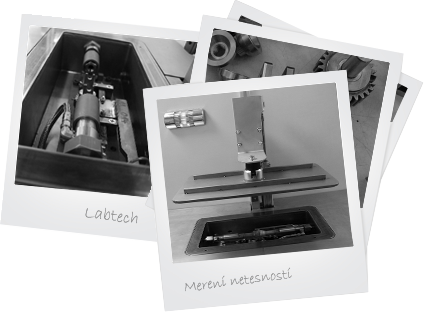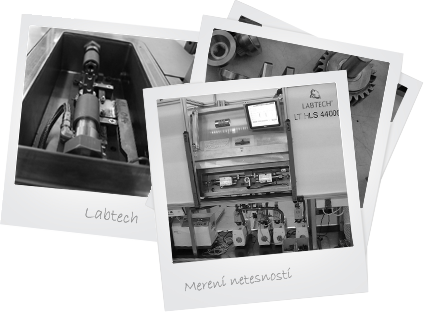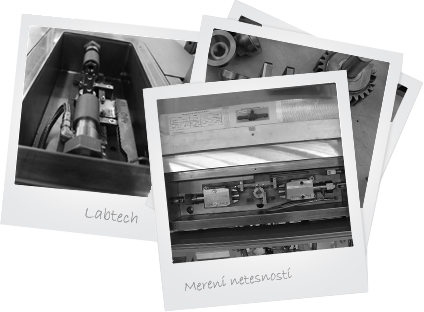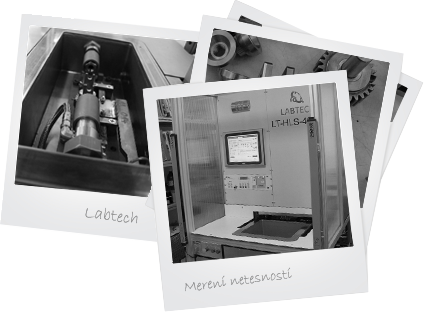Mass spectrometer - helium method
Why use helium for leak detection?
Helium is the best option for leak detection for many reasons. It is- nontoxic
- inert and non-condensed
- usually not present in the atmosphere, only in trace amounts
- relatively cheap
- thanks to its low atomic mass it easily flows through even very small leaks
- non flammable
- it is available in variously sized compressed-air
- it is available in purity suitable for medical use
Hydrogen (relative atomic mass 1) is one single molecule smaller than helium(relative atomic mass 4) but it is not an inert gas. However, it is an alternative which can be and is used, resp. a 95% nitrogen and 5% hydrogen forming gas is used. Helium is lighter than the next inert gas – neon (relative atomic mass 20), which is also more expensive. In usual atmospheric condition, helium is present in concentration 5 ppm only.
Other leak detection methods are often not sufficient enough.
There are many more leak detection methods but none of them is as accurate (localization and quantification) as helium leak detection method.
Principle of helium leak detector
The Mass Spectrometer Leak Detector is a complete system for localization and measuring of leaks inside or outside of a product. This method uses so called tracer gas – helium, which is used to fill up the product connected to the detector. Helium leaks in/out of the tested product in to the detector where its partial pressure is measured and displayed on a screen.The principle of leak detector is based on a sector field mass spectrometer. Analyzed entry gasses (in this case Helium) are ionized in vacuum. Ions of helium are accelerated using added voltage and further separated in the magnetic field. The ion current is, using a special detector, turned into an electric current. This current is accelerated and displayed on the screen using leak detection units. The measured current is in direct proportion to helium concentration and there fore equal to the measured leak.
Complete leak detector is a system containing the following modules:
- Helium mass spectrometer leak detector
- Vacuum system to maintain sufficiently low pressure in the spectrometer
- Primary vacuum pump to evacuate the tested product
- Valves which control individual steps of the measuring cycle, from evacuation to testing to airing
- Electronic measuring and control system
- Power sources for individual components - valves, circuits, etc.
- Fixtures, which connect the tested product to the detector

